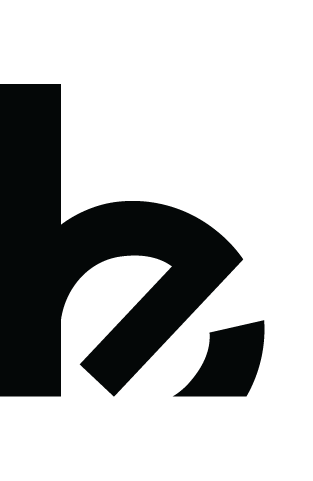








Google NEXT 2019
Working closely with Google’s NEXT team and under creative direction from Sparks’ Thomas Ryun, my team developed the interactive components of the Google Magic neighborhood. This section of the show-floor had two narratives featuring the partnerships Google has with NASA and The New York Times. The larger Sparks Magic team created 3D attracts for both of these areas, while my department (Creative Technology) worked on digital interactive moments.
For New York Times, we told the story of the digitalization of their immense photo archive, The Morgue. Presented in the style of a pullout photo drawer, each 55” monitor had two workstations. After reading a little bit about the partnership and future plans, users got the chance to play with some real digital assets from The Morgue. They are prompted to drag photos from the scrolling header into their workstation. There, users could take a closer look at the photos and even flip over to the back (showing the intense organizational detailing NYT uses to keep track of when and where these photos were used). This gave the users context for the vast amount of information each of these assets contain. Spread around this space are smaller drawers that can be pulled out; once opened a magic moment is trigged where smaller interactive screens display a random photo from The Morgue’s collection.
For NASA, we explore deep space and how the partnership between these two giants has potential to find life on distant exoplanets. The story details the past, present, and future of “planet finding”. After the attendee has an overview of the process, they play what I dubbed “Tinder for Planets”. The users swipe through a few lightwaves (light level readings from solar systems lightyears away) to determine whether or not it represents an exoplanet. To show how tedious this process is for NASA researchers, the users receive vague answers. They continue on to discover how the use of Google ML is sorting these lightwaves significantly faster than was ever possible. This allows the researcher to focus on the future: discovering life on exoplanets. Above these interactive work stations lives a large 5 screen stacked monitor array. This displays a brief animations going through the steps of finding exoplanets in bite sized sections.
Client
Software
Sketch, Photoshop, Principle
Date
April 9, 2019
Category
Design, UX/UI

